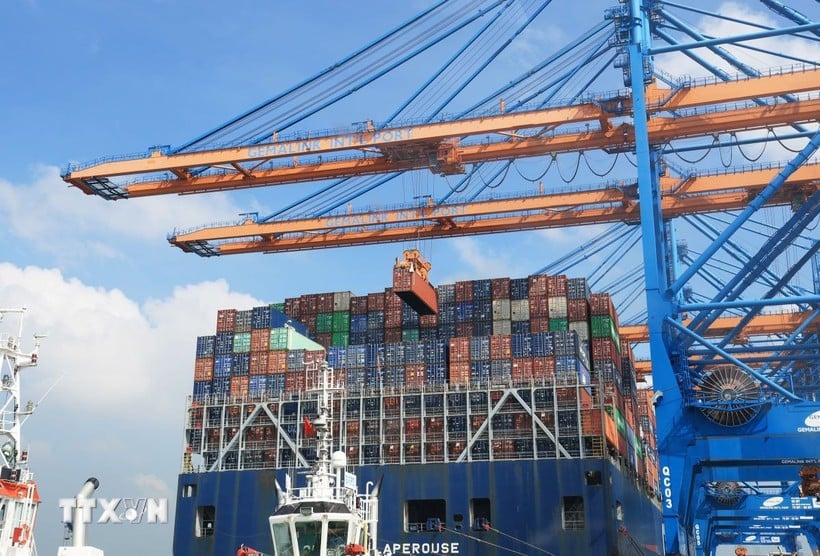
Unloading containers onto a 200,000DWT ship at Gemalink international port, Phu My town, Ba Ria-Vung Tau province. (Photo: Hong Dat/VNA)
According to the latest decree from US President Donald Trump: The reciprocal tax rate on Vietnamese goods is reduced from 46% to 20%.
This is a direct result of prolonged negotiations between the Government and ministries since late April 2025.
Along with that, the problem continues to be posed to Vietnamese enterprises regarding market thinking and redirection strategy, proactiveness and flexibility in adapting to the context of many volatile export markets.
The fluctuations in global trade policies are like "fire testing gold", showing that, in addition to the early and remote preparation of the Government and ministries, the proactiveness and response capacity of Vietnamese enterprises are being strengthened day by day.
In the new context and to cope with the challenges of tariff policies, businesses have proactively focused on diversifying markets and promoting exports to markets that have signed free trade agreements (FTAs).
Many Vietnamese businesses have been developing plans to redirect part of their exports to other potential markets. The European Union, Japan, Canada and Australia, partners that have signed FTAs with Vietnam, are considered “buffer zones” to reduce shocks when the US market experiences fluctuations.
"In response to fluctuations in the US market - an important market for Vietnamese textiles and garments, businesses have shared orders and expanded their consumption markets. There has been a breakthrough in working methods and coordination policies," affirmed Mr. Vu Duc Giang, Chairman of the Vietnam Textile and Apparel Association.
Like the textile industry, in addition to focusing on exporting to markets such as Africa, Asia, Japan, Europe, America, etc., businesses in the footwear industry have expanded their exports to a number of markets in South America and the Middle East with large and diverse consumption potential. Businesses have also initially approached major e-commerce sites such as Alibaba, Amazon, etc. to open more consumption channels.
It is not only about expanding the market and finding replacement orders, but also the time when businesses need to improve product quality, improve production and inspection capacity, clarify origin and meet environmental and labor standards to penetrate deeply into demanding markets.
That is why businesses are also focusing on in-depth investment, strengthening traceability systems and reducing dependence on simple processing.
In fact, accompanying businesses, ministries and sectors are also taking drastic measures to support businesses in expanding their markets and avoiding over-dependence on one trade partner.
Ministries, sectors and trade agencies abroad have been promoting trade promotion activities, organizing specialized fairs, connecting businesses and importers in potential markets such as Europe, the Middle East, Latin America and Africa.
Notably, in Decision No. 1970/QD-BCT dated July 7, 2025 promulgating the Action Plan of the Ministry of Industry and Trade to implement Directive No. 18/CT-TTg dated June 18, 2025 of the Prime Minister on implementing tasks and solutions to promote domestic and foreign trade to boost trade activities in 2025, in addition to key markets such as the EU, the United States, China, Japan, Korea, ASEAN, India, the Middle East, Africa and Latin America, the Minister of Industry and Trade assigned the task to functional units to research and analyze the commitments in the signed FTAs to advise on the development and completion of a system of policies to support businesses to effectively take advantage of tariff incentives.
At the same time, propose solutions to enhance the competitiveness of enterprises in accessing and expanding markets, especially in areas with new generation FTAs such as CPTPP, EVFTA, RCEP, UKVFTA.
Thus, not only stopping at "paving the way", ministries and branches also accompany businesses in the process of improving production capacity, supporting traceability, granting codes for growing and farming areas, building national brands and negotiating bilaterally on technical regulations.
This systematic and synchronous participation helps businesses no longer be alone in changing their strategic thinking and shifting market direction.
Like many times facing trade barriers before, Vietnam is once again facing the challenge of asserting its position, thereby stepping up to a higher level in the global supply chain.
If done well, not only the US market but also the steps into export markets of Vietnamese enterprises will be more stable and certain in the context of increasingly fierce competition in the international market.
Pressure has turned into motivation to restructure export activities and this transformation and adaptation requires not only the efforts of each enterprise but also the participation of agencies and ministries./.
Source: https://baolangson.vn/doanh-nghiep-viet-nam-tu-duy-chien-luoc-va-ap-luc-chuyen-minh-5055115.html


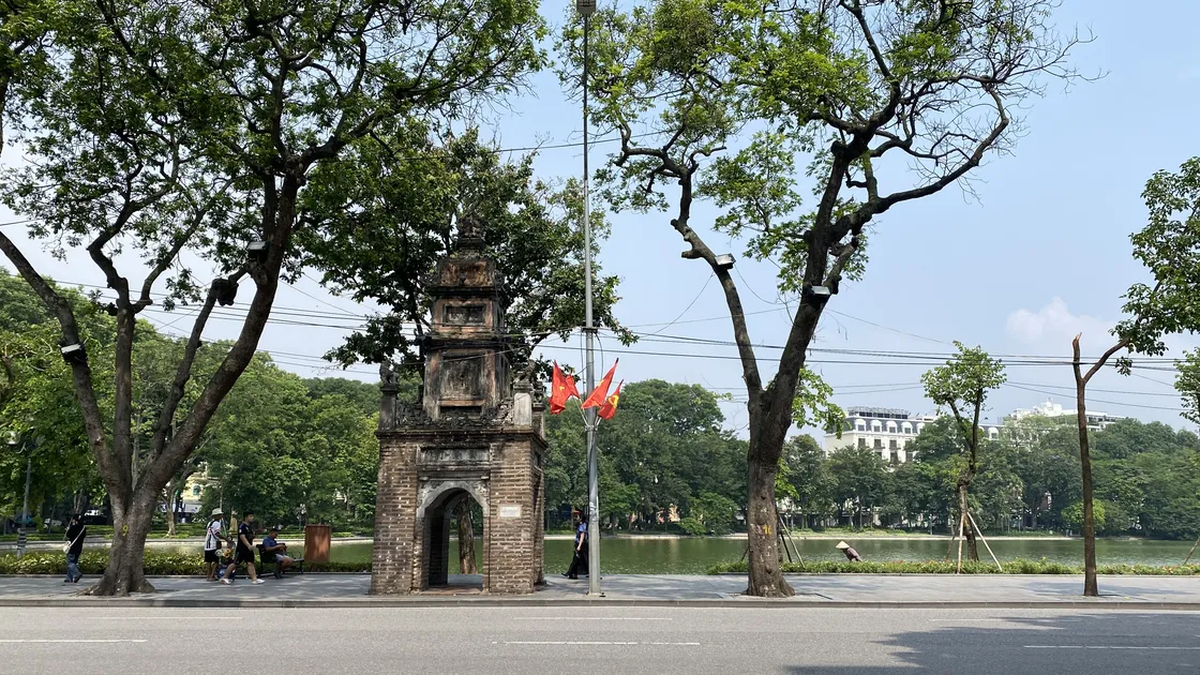



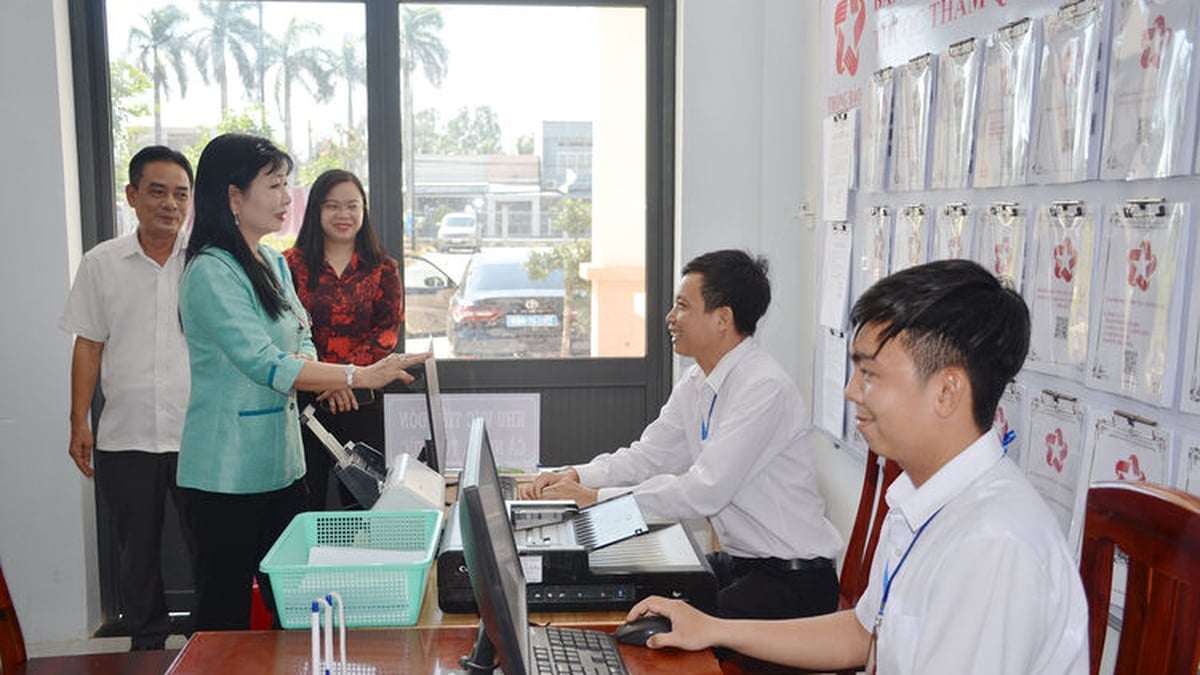
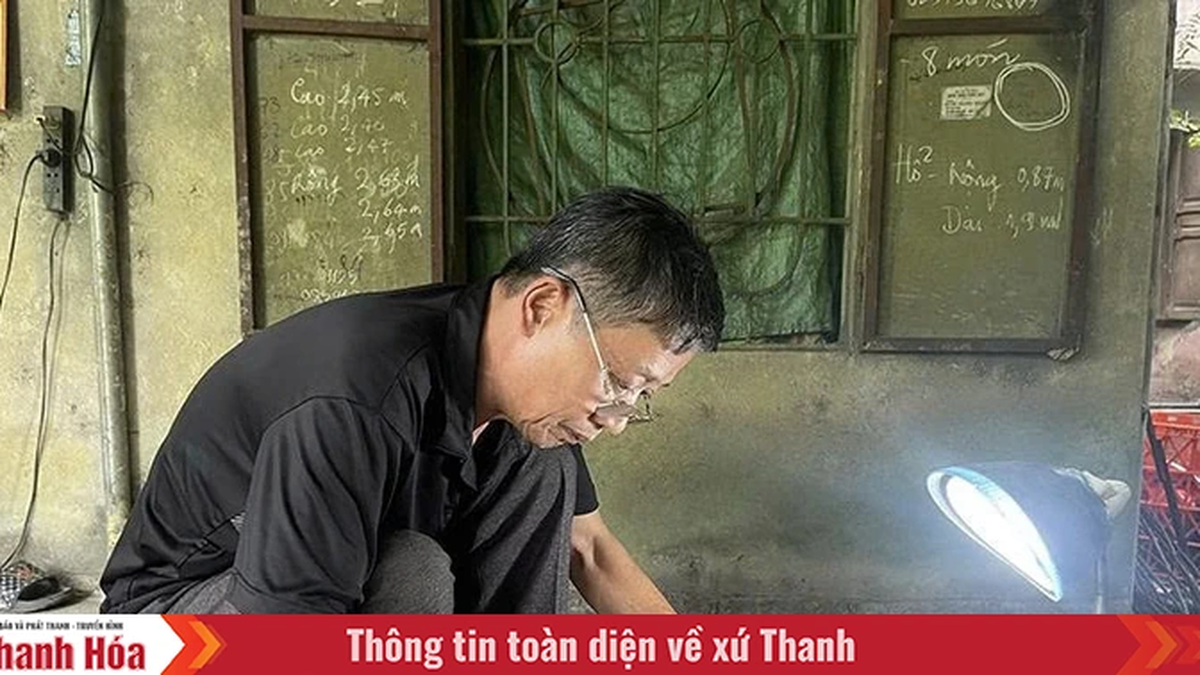
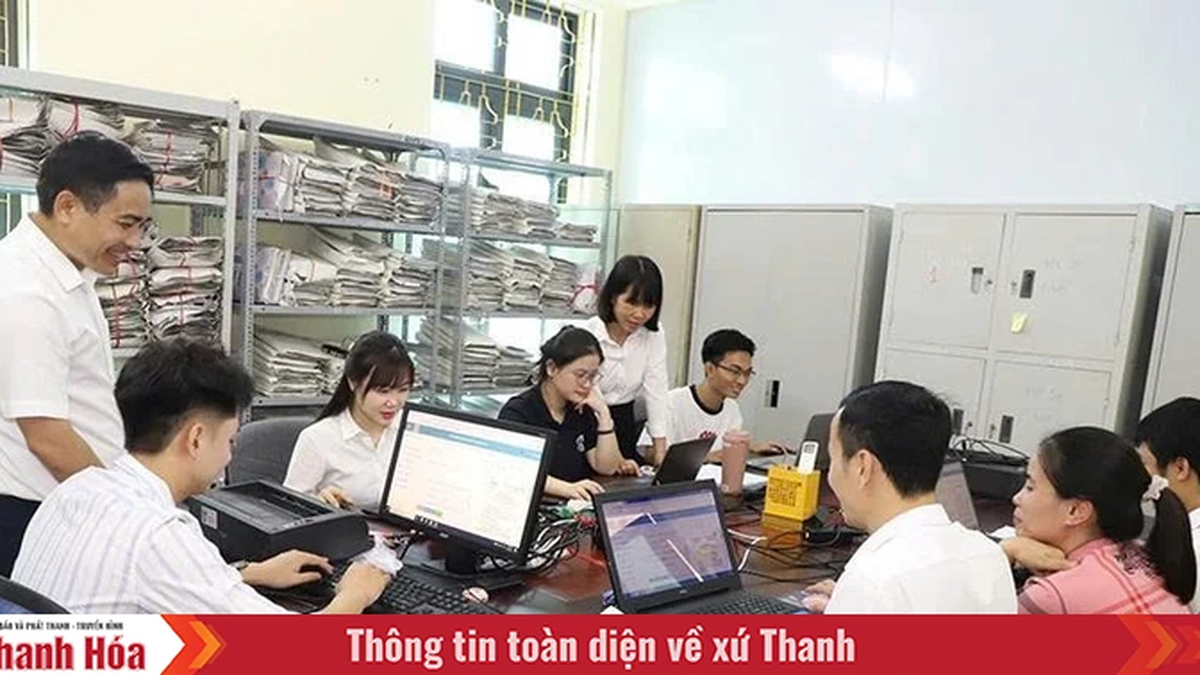

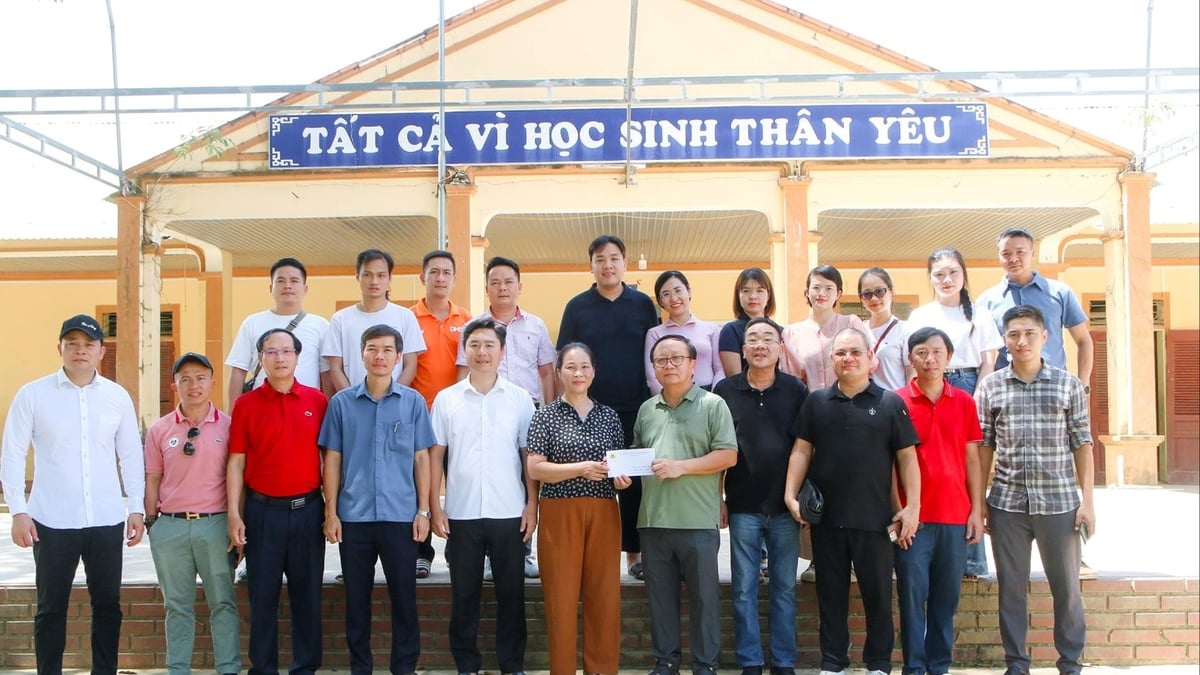












































![[Maritime News] Two Evergreen ships in a row: More than 50 containers fell into the sea](https://vphoto.vietnam.vn/thumb/402x226/vietnam/resource/IMAGE/2025/8/4/7c4aab5ced9d4b0e893092ffc2be8327)




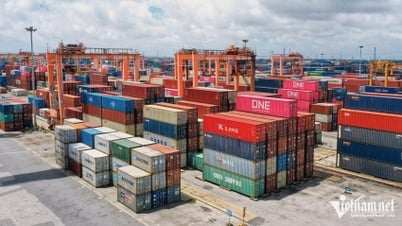



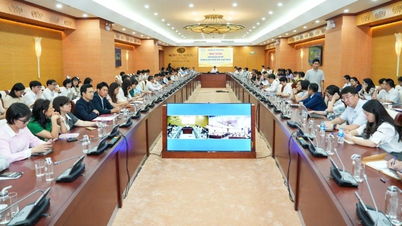

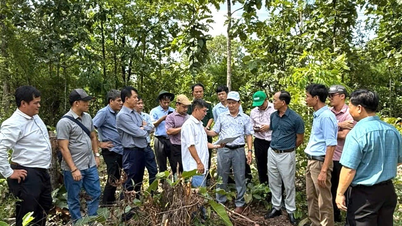







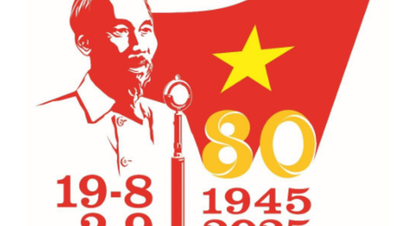























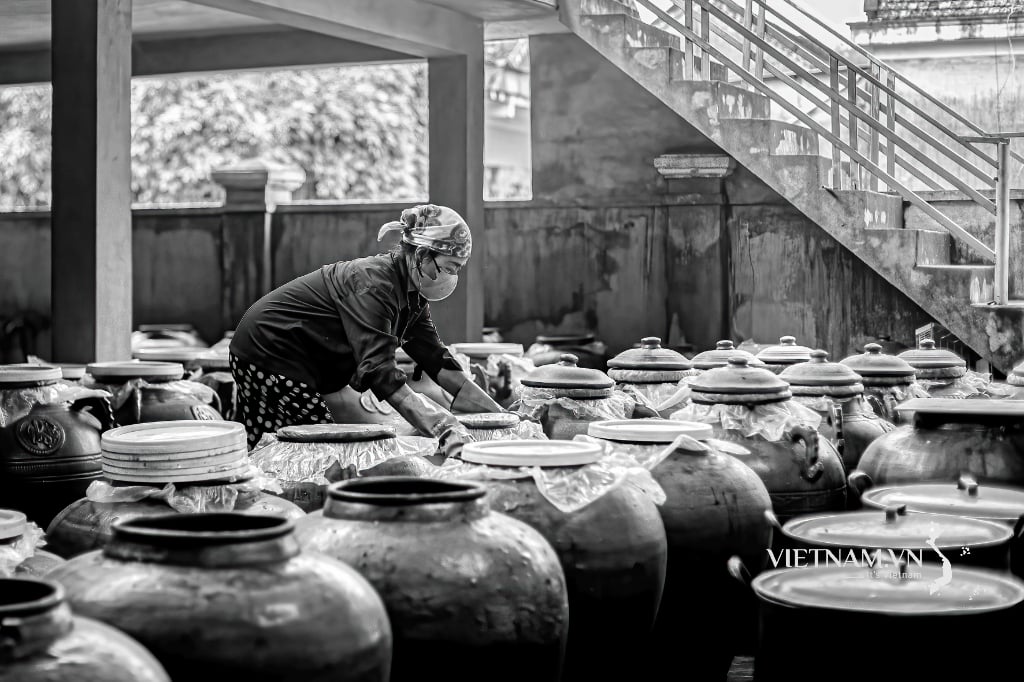
Comment (0)